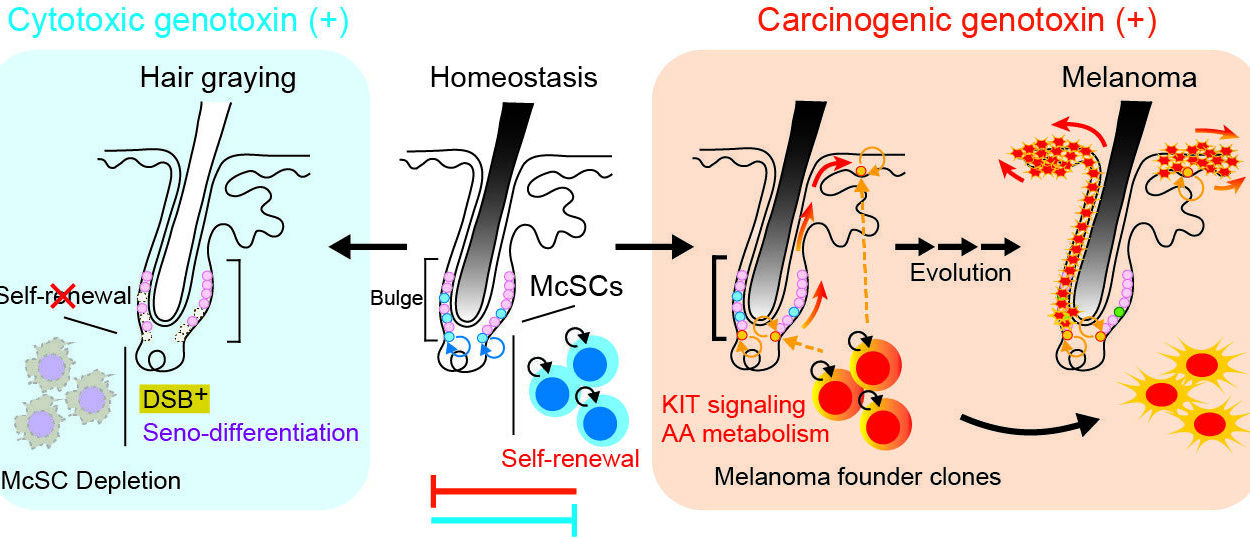For years, tramadol has been marketed and prescribed as a milder, safer alternative to traditional opioid painkillers. To millions of people living with chronic pain — from aching joints to persistent back pain — tramadol has seemed like a lifeline. It was the painkiller that promised relief without the devastating risks of addiction or overdose often associated with stronger opioids.
But new research has cast a long shadow over that promise. A comprehensive analysis published in BMJ Evidence-Based Medicine suggests that tramadol’s benefits may be far smaller than once believed, while its risks could be much greater.
This study challenges the widely held notion that tramadol is a “safe opioid.” Instead, it paints a troubling picture of a drug that may offer little meaningful pain relief while exposing patients to a significant risk of serious, and even life-threatening, side effects.
What the Study Reveals
Researchers examined data from 19 clinical trials involving more than 6,500 people suffering from chronic pain — including conditions such as osteoarthritis, fibromyalgia, neuropathic pain, and chronic low back pain. The participants’ average age was 58, and most took tramadol tablets for anywhere between two and sixteen weeks.
At first glance, tramadol appeared to reduce pain slightly compared to placebo. But when the researchers looked closer, the improvement was so small that it failed to meet the threshold for what doctors consider “clinically significant.” In other words, people taking tramadol may have noticed a minor reduction in pain, but it was too small to truly improve their daily lives.
The disappointing results did not end there. While the drug’s benefits were modest at best, the side effects were alarmingly frequent. Tramadol was linked to a doubling in the risk of serious adverse events — especially those involving the heart. Patients taking tramadol experienced higher rates of chest pain, coronary artery disease, and heart failure than those taking placebo.
Even more unsettling, there was a signal suggesting an increased risk of some cancers among tramadol users, although the researchers were cautious about this finding due to the short follow-up periods.
The data also showed that tramadol users experienced more common, though milder, side effects such as nausea, dizziness, constipation, and drowsiness — symptoms that can still severely impact quality of life, especially for people already struggling with chronic illness.
The Unfolding Opioid Crisis and Tramadol’s Role
The world has been grappling with the consequences of opioid overuse for decades. What began as a medical effort to manage pain has spiraled into one of the most devastating public health crises of our time.
Globally, around 60 million people experience the addictive effects of opioids each year. In 2019 alone, drug use led to approximately 600,000 deaths — nearly 80% of them linked to opioids. In the United States, the crisis has intensified dramatically, with opioid-related overdose deaths jumping from about 50,000 in 2019 to more than 81,000 by 2022.
In this context, tramadol’s rise has been striking. Often promoted as a less addictive alternative, its use has soared across the world — particularly in places where stronger opioids are tightly controlled. In the United States, tramadol is now one of the most commonly prescribed opioid medications. Its reputation as a “safer choice” may have led to widespread overconfidence in its use, masking the potential dangers that this new study brings to light.
Why Tramadol’s Reputation May Be Misleading
Tramadol is a dual-action opioid — meaning it acts not only on the brain’s opioid receptors but also on neurotransmitters like serotonin and norepinephrine. This dual mechanism was once thought to make it less likely to cause addiction or severe respiratory depression compared to traditional opioids like morphine or oxycodone.
However, the reality has proved more complex. Tramadol’s effects on the brain’s reward pathways can still trigger dependence and withdrawal, especially with long-term use. Moreover, its interaction with other medications can increase the risk of dangerous side effects, such as serotonin syndrome — a potentially life-threatening condition that can cause agitation, confusion, muscle rigidity, and fever.
The new findings suggest that tramadol’s risks may extend beyond the known dangers of dependence and withdrawal. Its apparent link to cardiovascular problems raises serious questions about its long-term safety — questions that are particularly relevant for older adults, who make up the majority of chronic pain patients and are already at increased risk of heart disease.
The Hidden Cost of Chronic Pain Treatment
Chronic pain is an invisible epidemic, affecting millions of people around the world. For many, it is not just a physical condition but an emotional and psychological burden that can erode quality of life, limit mobility, and lead to anxiety and depression.
When a person lives with pain day after day, the promise of relief can be irresistible. Doctors, too, are often desperate to help their patients find comfort, especially when other treatments fail. In this environment, medications like tramadol can seem like a compromise — a way to ease suffering without resorting to stronger, riskier opioids.
But this new evidence suggests that such compromises may be built on illusion. If a drug fails to meaningfully reduce pain yet exposes patients to new dangers, is it truly helping them? For many experts, the answer is becoming clear: tramadol’s risks likely outweigh its rewards.
Understanding the Research Limitations
The researchers behind this analysis acknowledged that the studies they reviewed had limitations. The trials varied in design and quality, and many were at a “high risk of bias.” This means the reported benefits of tramadol might have been exaggerated — while its harms were likely underreported.
Even so, the consistency of the findings across nearly 20 trials strengthens the conclusion. Whether the pain was from arthritis, nerve damage, or back strain, the story remained the same: tramadol offered little relief and came with significant risk.
A Call for Caution in Prescribing
The implications of this study are profound. For clinicians, it underscores the importance of rethinking how pain is managed, especially chronic pain that persists for months or years.
The authors of the study conclude that tramadol “may have a slight effect on reducing chronic pain” — but that it “likely increases the risk of both serious and non-serious adverse events.” Their recommendation is clear: tramadol and other opioids should be used as sparingly as possible, and only when absolutely necessary.
This does not mean patients should be abruptly cut off from pain relief — such actions can be dangerous and inhumane. Instead, it calls for a more thoughtful, balanced approach to pain management, one that prioritizes safety and long-term well-being over quick fixes.
Toward a New Understanding of Pain Management
The growing consensus among medical experts is that chronic pain requires more than just medication. Exercise therapy, cognitive-behavioral techniques, physical rehabilitation, mindfulness, and certain non-opioid medications can all play roles in a more holistic treatment strategy.
These methods may not offer the instant relief that opioids promise, but they are far less likely to cause the spiral of dependency and side effects that so often accompany long-term opioid use. By combining scientific insight with compassion and patience, doctors and patients can find more sustainable paths toward relief and healing.
A Turning Point in the Opioid Story
The findings about tramadol come at a crucial time — a moment when societies around the world are grappling with how to manage pain safely and ethically. The lesson may be uncomfortable but necessary: not all that soothes in the short term heals in the long run.
Tramadol’s story is a microcosm of a larger truth about modern medicine — that even well-intentioned solutions can have unintended consequences. For decades, opioids were prescribed with the best of motives: to ease suffering. But the human body is intricate, and so is the human experience of pain.
Understanding that complexity — and respecting it — may be our best hope for escaping the cycle of dependency that has already claimed too many lives.
The Human Cost and the Path Forward
Behind every statistic about opioid misuse or overdose lies a human story: a person seeking comfort, a family coping with loss, a doctor facing impossible choices. The pain is real — and so must be our compassion in addressing it.
The research on tramadol reminds us that science’s role is not only to measure and test but to protect and guide. Evidence, when used wisely, becomes a form of empathy — a way to ensure that our treatments do not deepen the wounds they aim to heal.
As medicine moves forward, the message from this new research is both sobering and hopeful. Sobering, because it warns us that no painkiller is without risk; hopeful, because it reminds us that knowledge and awareness can lead to better choices.
Tramadol, once hailed as a gentle solution for chronic pain, may instead become a catalyst for change — inspiring doctors, patients, and policymakers to seek safer, more sustainable ways to live with and manage pain.
More information: Tramadol versus placebo for chronic pain: a systematic review with meta- analysis and trial sequential analysis, BMJ Evidence-Based Medicine (2025). DOI: 10.1136/bmjebm-2025-114101






